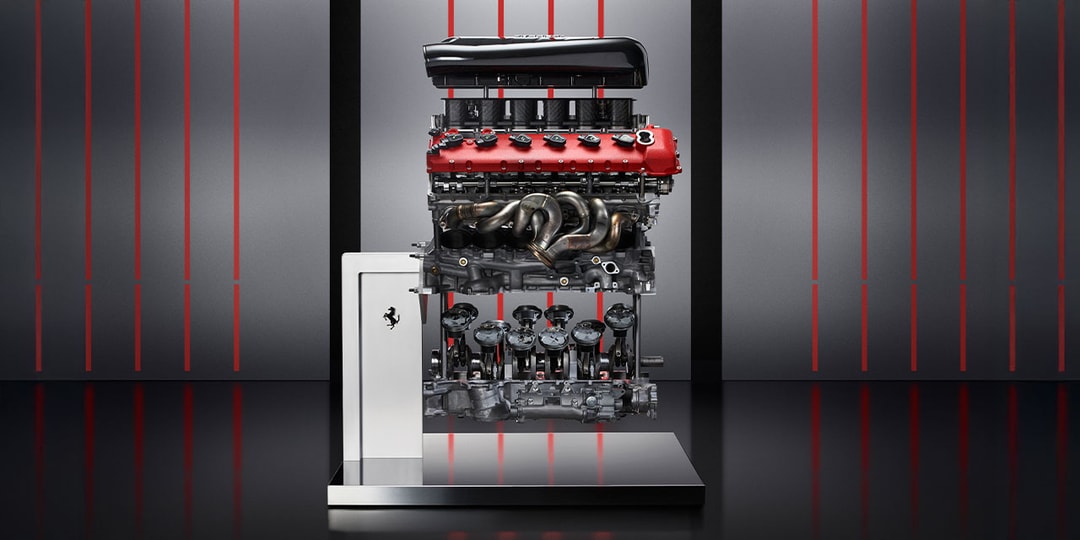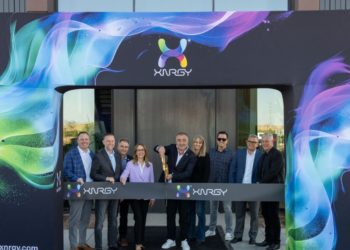Milan Design Week has always been a global stage for innovation in furniture, lighting and interiors — but in 2025, automakers are capturing some of the spotlight. More automotive brands than ever are using the event to go beyond the showroom, positioning themselves as lifestyle tastemakers, design authorities and sustainability leaders.
This year’s edition saw the likes of Bugatti, Ferrari, Lamborghini, Ducati, Maserati, Audi, Kia, Royal Enfield and more take over Milan with art installations, product unveilings and immersive brand experiences. But this shift isn’t just about aesthetics, it’s about credibility, storytelling and reaching an audience that may never set foot in a car dealership.
Blending Luxury with Design Heritage
Bugatti, for example, opened its first permanent Bugatti Home Atelier inside the 18th-century Palazzo Gallarati Scotti. The space launched alongside a new furniture collection featuring sculptural chairs, Murano-blown glassware and 3D-printed trays. “The new Bugatti Home Atelier draws on Milan’s legacy in design and fashion,” said Wiebke Ståhl, Managing Director of Bugatti International. By placing itself inside Milan’s design ecosystem, Bugatti is reinforcing its identity as a brand that values craftsmanship as much as speed.
Ferrari took a different approach, spotlighting its engineering roots. At its boutique on Via Giovanni Berchet, the brand launched Symbols of a Legacy — a collection of display-grade engine components, including parts from the LaFerrari prototype and the 1999 F399 Formula 1 car. Ferrari’s Chief Design Officer, Flavio Manzoni, explained that the collection aimed to “reveal the emotion of the project” through architectural purity and minimalist design.
Collaborations That Matter
Lamborghini and Ducati used Design Week to unveil a hyper-limited motorcycle: the Panigale V4 Lamborghini Speciale Clienti. Inspired by the hybrid Revuelto, the 63 custom bikes are designed to match each Lamborghini owner’s personal car specs. It’s a thoughtful fusion of brand loyalty and bespoke design that aims to turn clients into collectors.
Maserati and Italian furniture house Giorgetti took things even further. The duo presented a furniture collection and a one-off Grecale Folgore SUV finished in denim-colored leather and blue wood. From the Trident-themed chairs to the Alcantara-wrapped headrests, every element tied back to Maserati’s DNA. Commenting on the collaboration, Giorgetti CEO Giovanni del Vecchio shared: “This is a shared ethos, not just a standalone project.”
Innovation, Electrification and Urban Design
For brands like Kia, Milan was a platform to showcase future-forward design and sustainability. Its Transcend Journey installation featured three electric concepts: the PV5, PV5 WKNDR and EV2. The PV5, launching later this year, boasts up to 248 miles of range and 30-minute fast charging. The WKNDR model added solar panels and off-board storage, while the EV2 reimagined urban EVs with removable speakers and flexible seating.
Royal Enfield’s new electric sub-brand, Flying Flea, debuted a one-off art bike called Motototem, created with Italian artist Mattia Biagi. Built from travertine, leather, walnut and hand-blown glass, the bike turned engineering into sculpture. Still fully rideable, the FF-C6-based machine retains Qualcomm-powered tech, proving that high-end design and function can coexist.
Meanwhile, Audi played to the attraction of customization. Its A6 Avant show car came trimmed in Baikal Blue and Neodymium Gold with recycled materials and OLED lighting tech. The automaker also presented a “Material Bar,” which allowed guests to get hands-on experience with new trim options, while digital tools enabled them to design dream cars on the spot.
Why It Matters
So why are car brands investing in Milan Design Week? One word: relevance.
Design Week attracts over 300,000 global visitors, including tastemakers, architects, interior designers and creatives. By participating, automotive brands shift perceptions — they become cultural players, not just transportation providers.
It’s also a strategic SEO and branding play. According to Google Trends, searches for “Milan Design Week” spike by over 400% each April. By embedding themselves in the conversation, brands improve visibility and cultural capital.
As automotive, architecture and art continue to intersect, Milan Design Week is becoming an essential checkpoint for automakers looking to flex their creative muscles. In an age when design sells just as much as performance, showing up in Milan isn’t just smart — it’s necessary.
The post Why More Automotive Brands Are Showing Up at Milan Design Week appeared first on Hypebeast.




